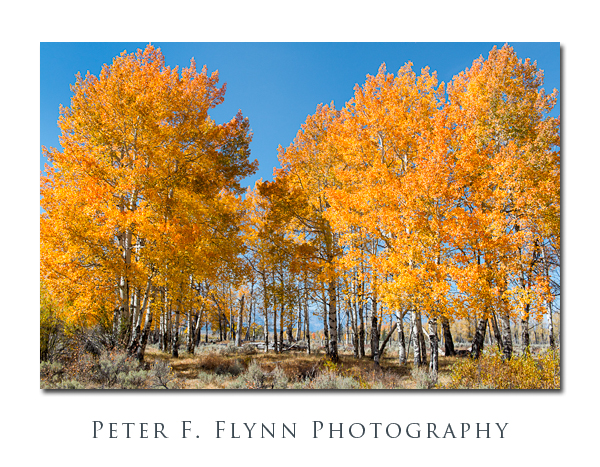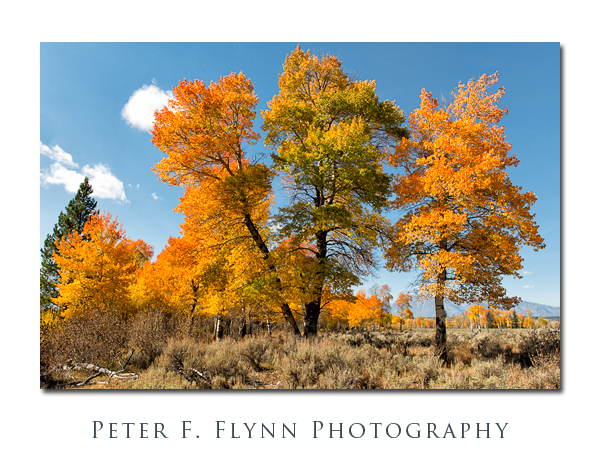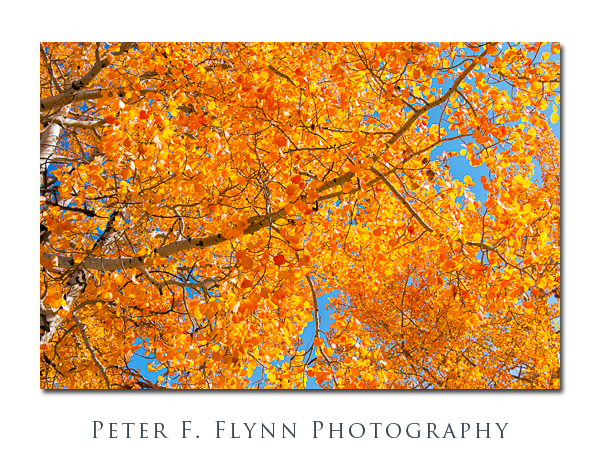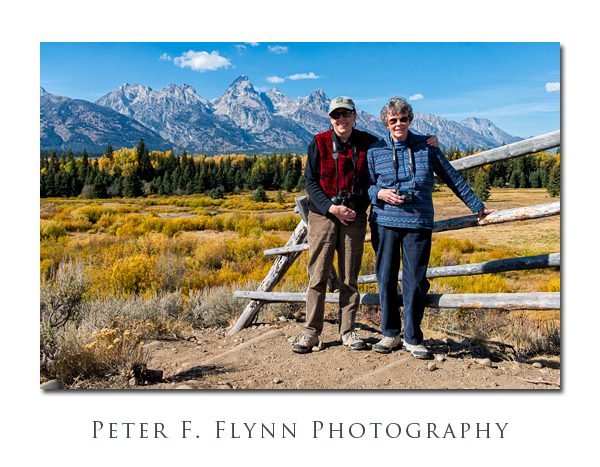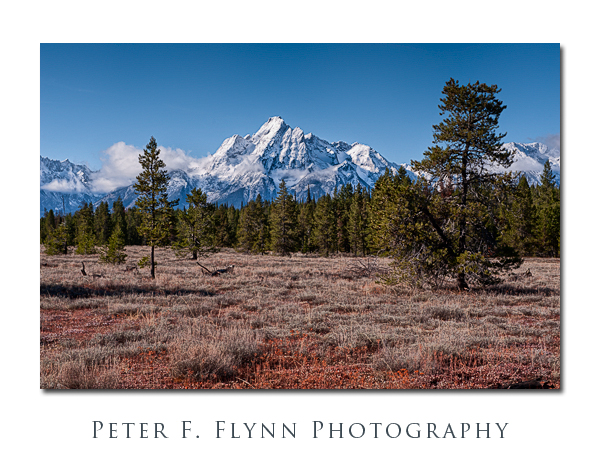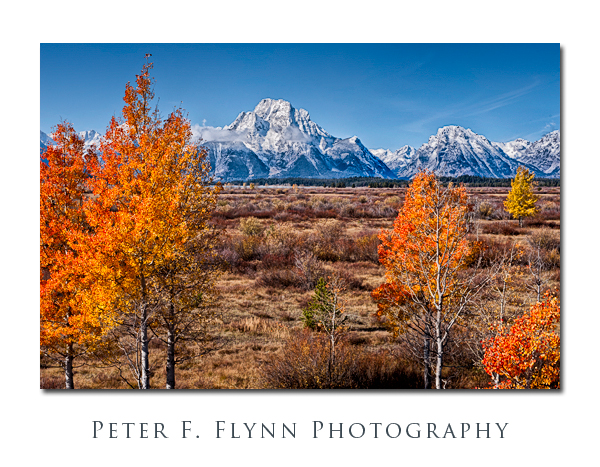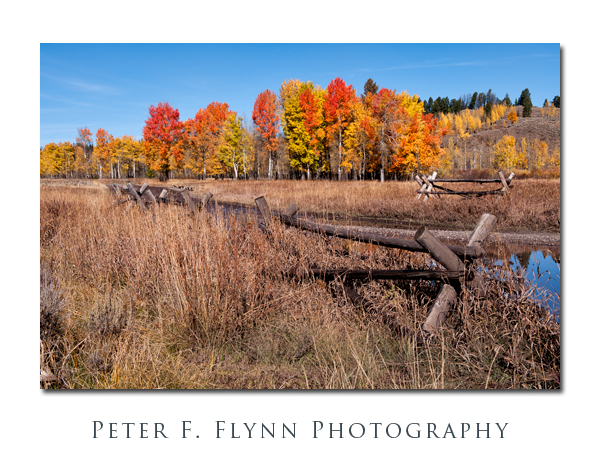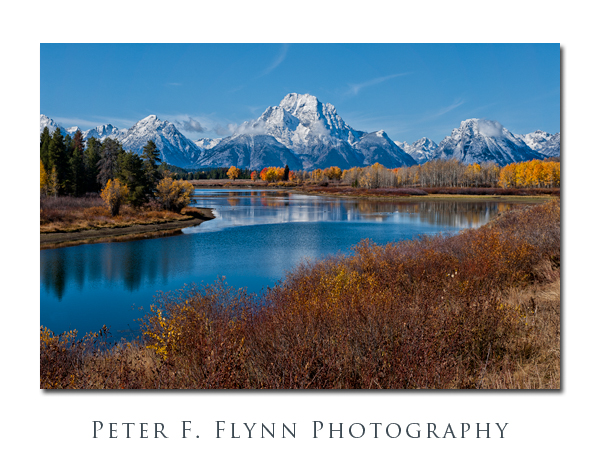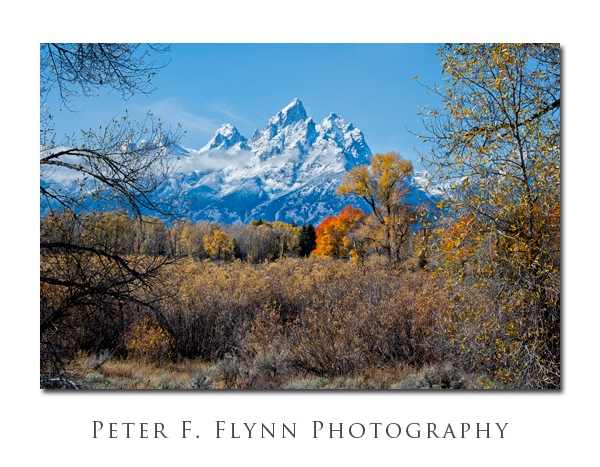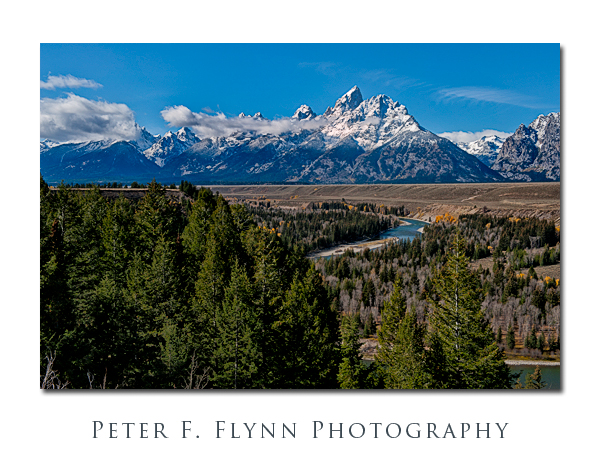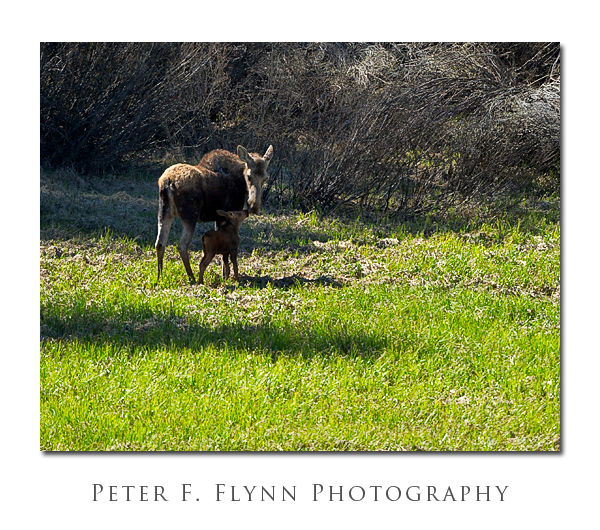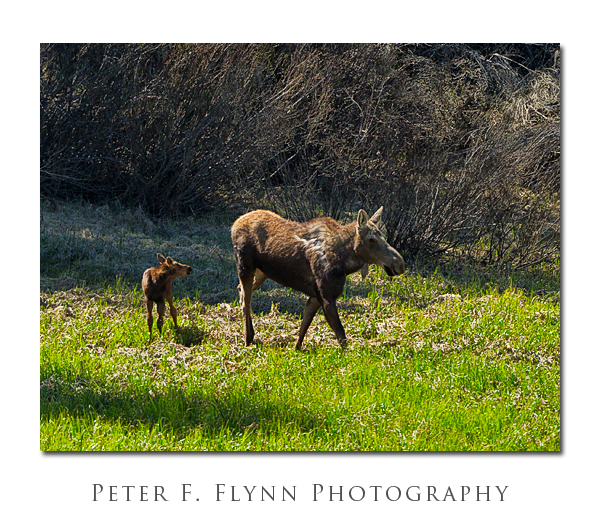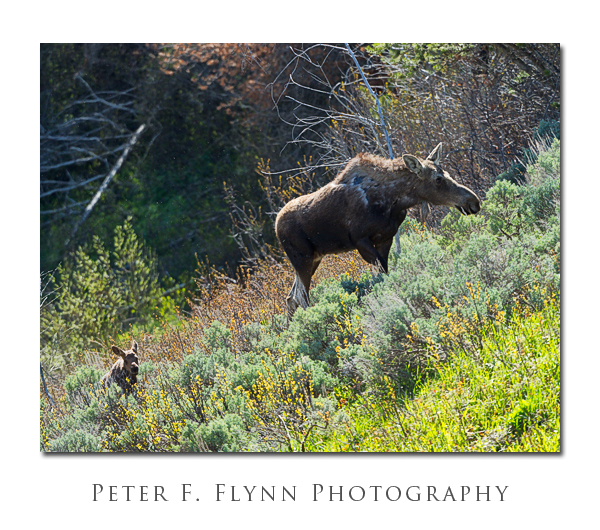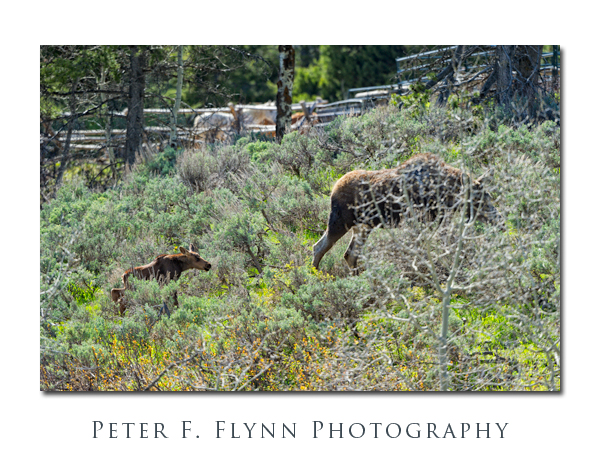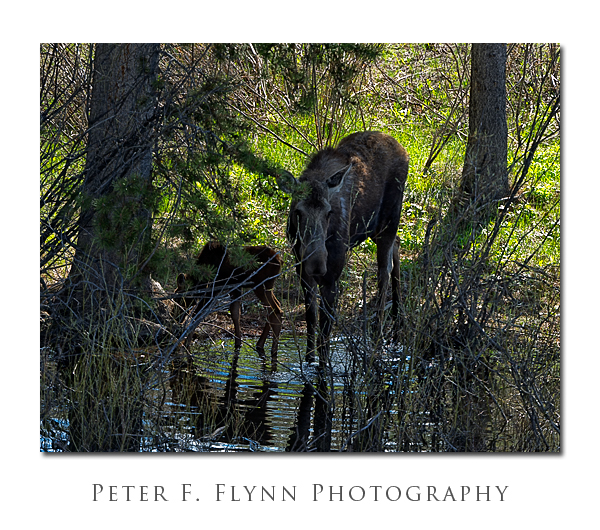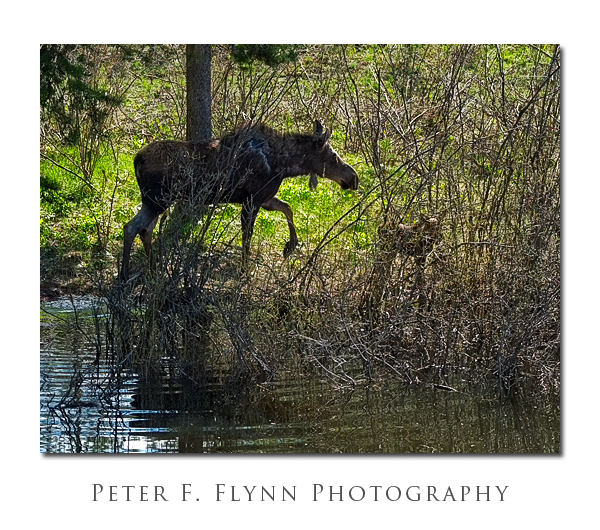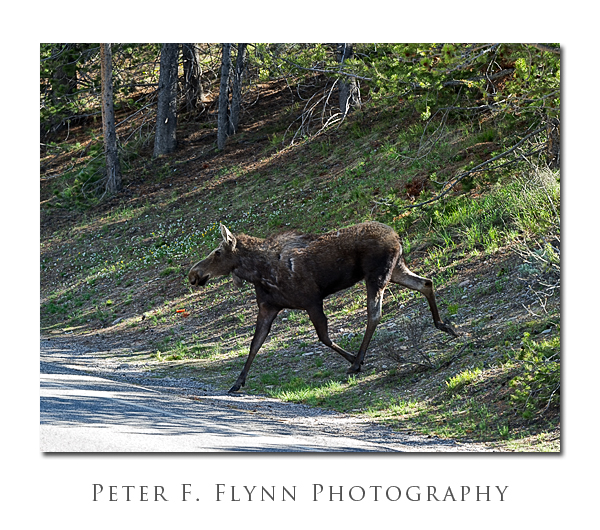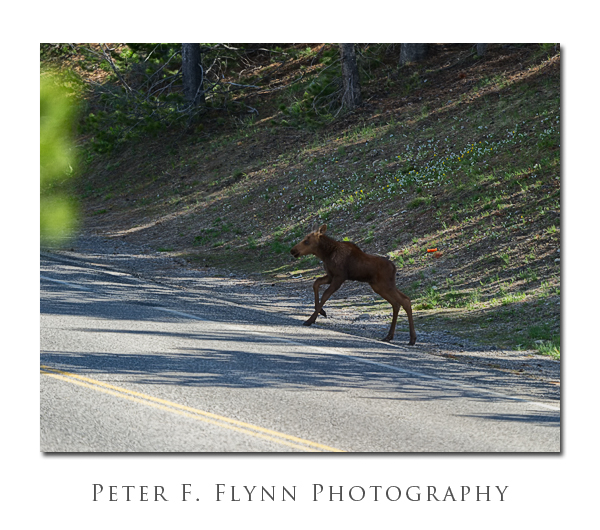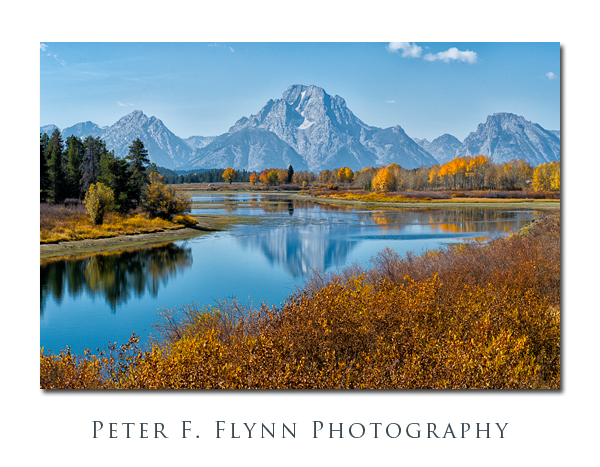 On the return from a late September visit to The Stone we passed through Grand Teton National Park. Here we found the fall color fully developed. Overall, color around the mountain west has been somewhat muted relative to last year, but one can still find pockets of pleasing intensity.
On the return from a late September visit to The Stone we passed through Grand Teton National Park. Here we found the fall color fully developed. Overall, color around the mountain west has been somewhat muted relative to last year, but one can still find pockets of pleasing intensity.
Trees and shrubs around the Willow Flats and Oxbow Bend area generally exhibit excellent color in season, and the contrast of fall color with the northern Tetons makes for respectable images. The image above of Mount Moran from Oxbow Bend was recorded at 13:00 MST on September 30, 2012, using the Nikon D800E and the AF-S NIKKOR 24-70mm f/2.8G ED at 70mm. Exposure was f/11 and 1/500s, ISO 500 (+0.33 EV, corrected using ACR).
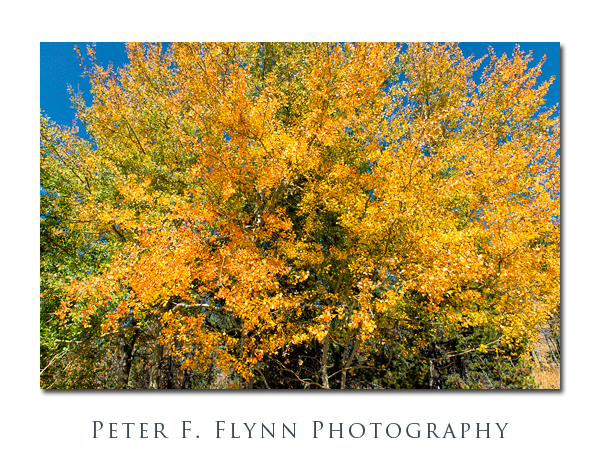 The image above was recorded just across the road (north side of the J.D. Rockefeller Jr. Pkwy) at the Oxbow Bend Turnout. Exposure parameters as above.
The image above was recorded just across the road (north side of the J.D. Rockefeller Jr. Pkwy) at the Oxbow Bend Turnout. Exposure parameters as above.
There are a number of little enclaves of fall color along the Teton Park Road (US 191/89), which is the mainline through the park. One of my favorites is located near the turnoff to Moose Head Ranch. There are several small clones/groves of aspen here that reliably produce good fall color. The image above and the two images below were recorded at around 14:00 MST on September 30, 2012 using the Nikon D800E and the AF-S NIKKOR 24-70mm f/2.8G ED at a variety of focal lengths. Exposures were at f/11 and 1/640s, ISO 800 (+0.33 EV, compensated using ACR).
Finally below, a lovely shot of the HP and Dity (MOTHP) at the Blacktail Ponds Overlook. The image was recorded at 14:44 MST on September 30, 2012 using the Nikon D800E and the AF-S NIKKOR 24-70mm f/2.8G ED at 32mm. Exposure was at f/11 and 1/640s, ISO 800 (+0.33 EV, compensated using ACR).
Copyright 2012 Peter F. Flynn. No usage permitted without prior written consent. All rights reserved.
